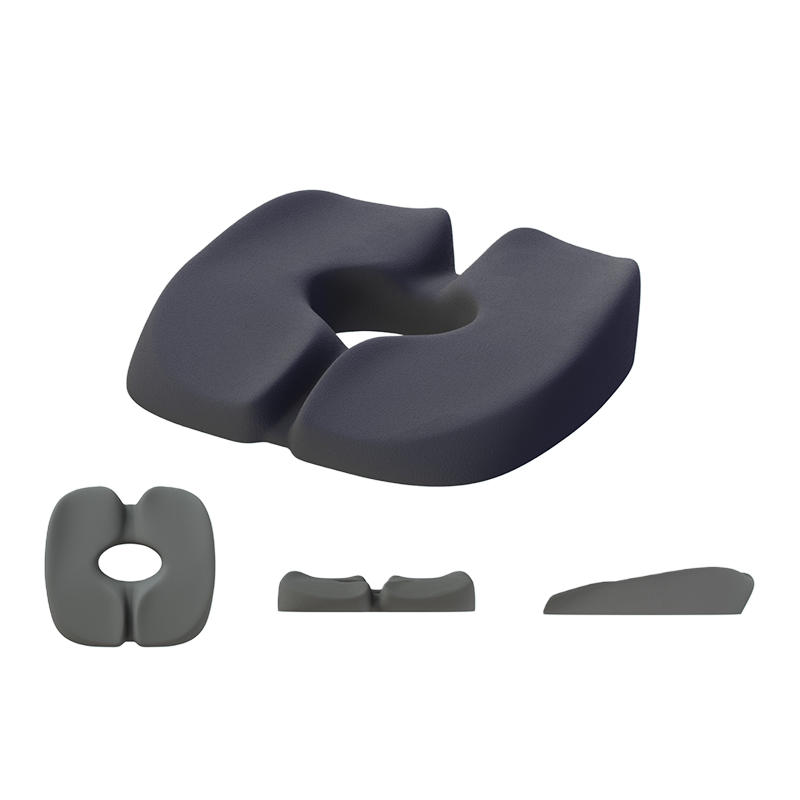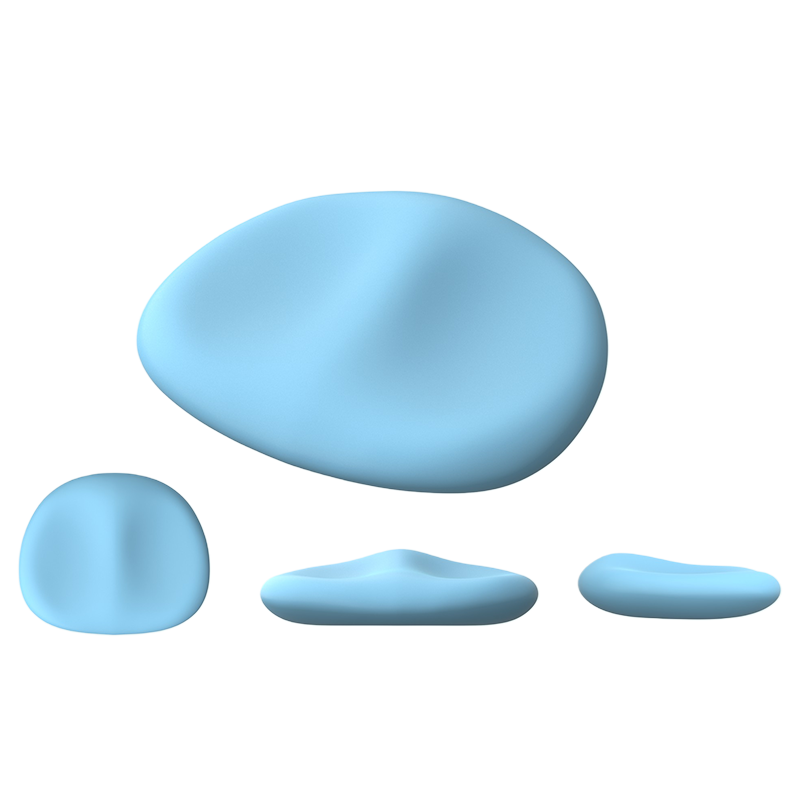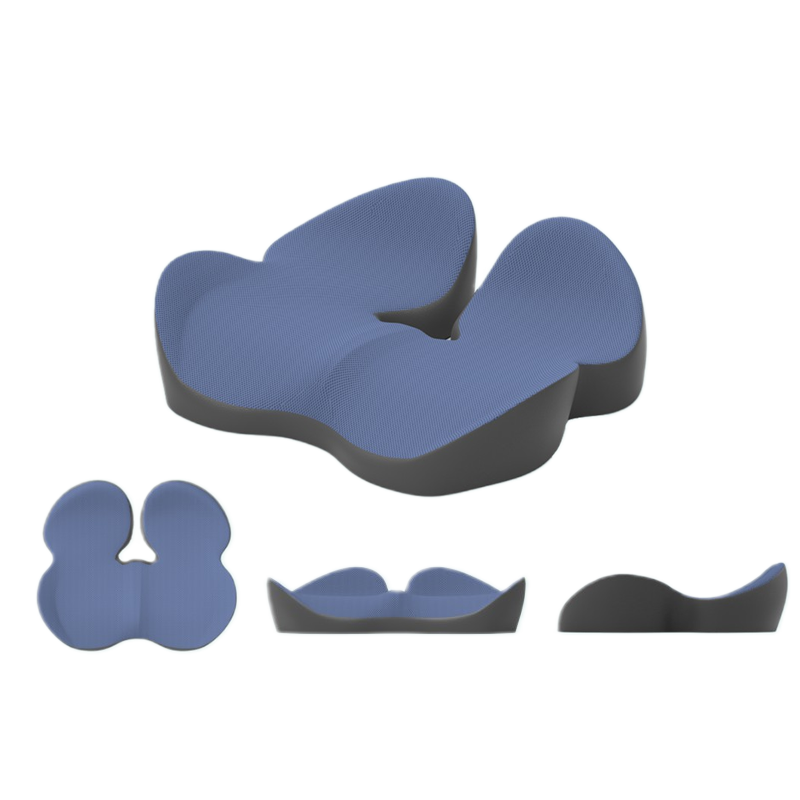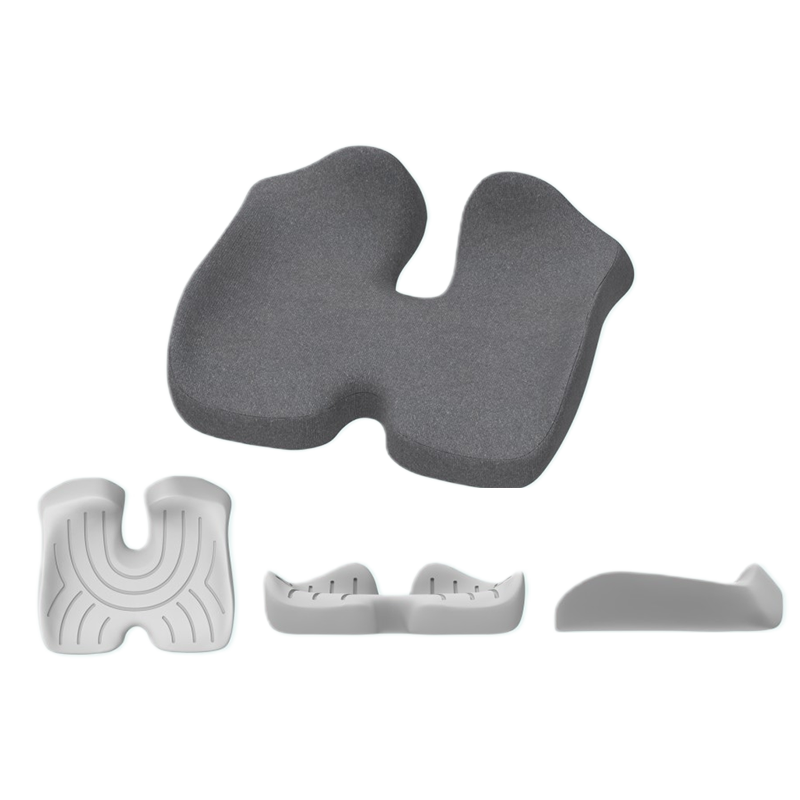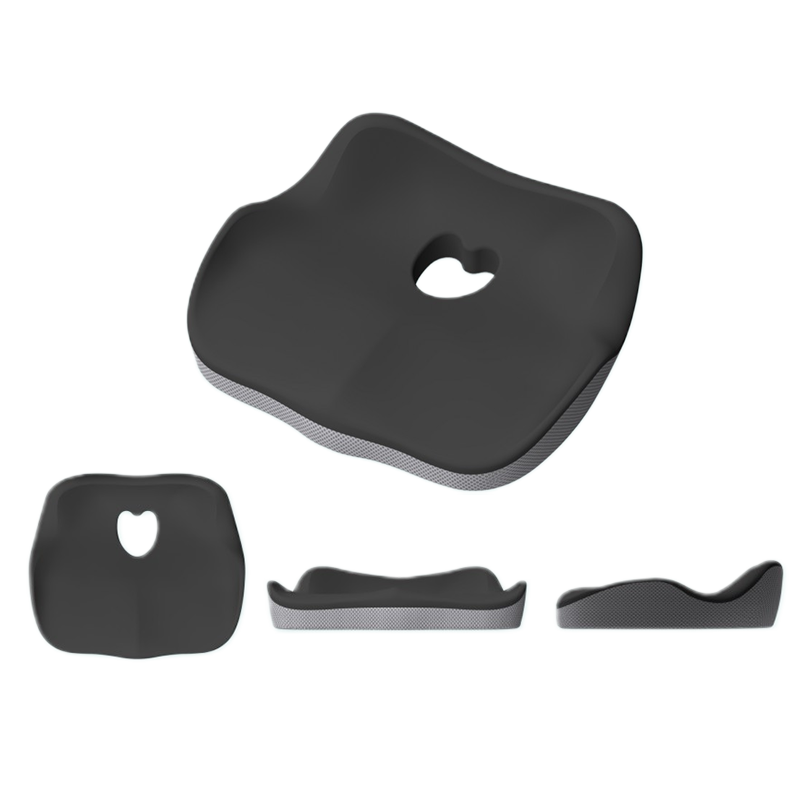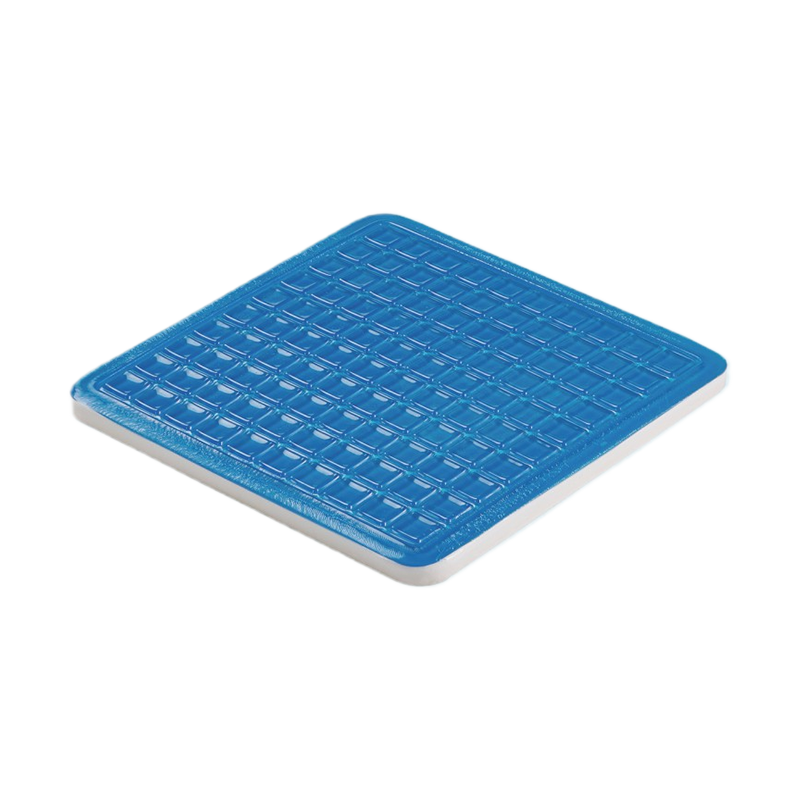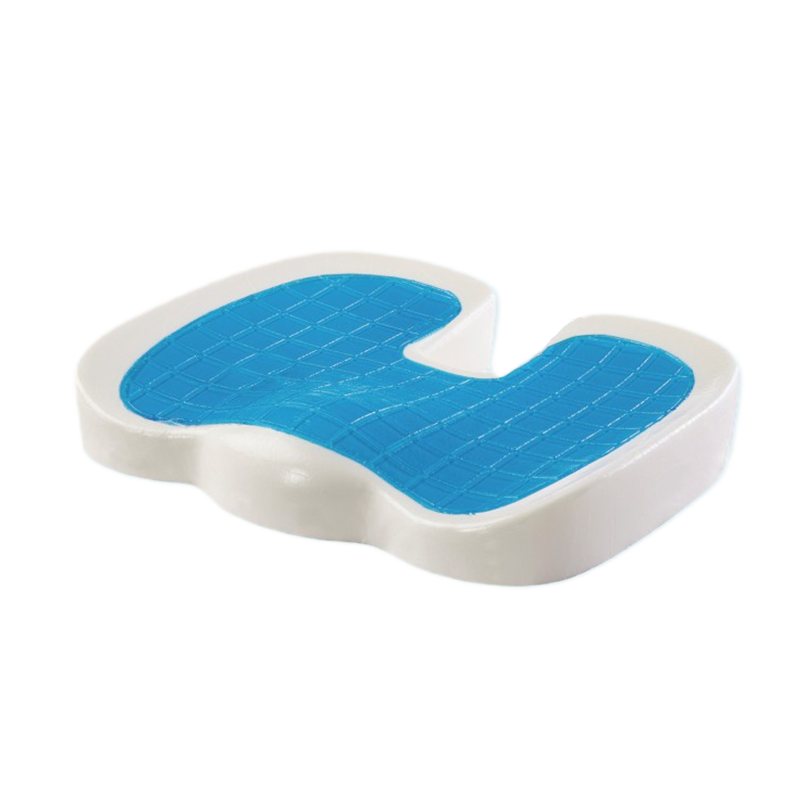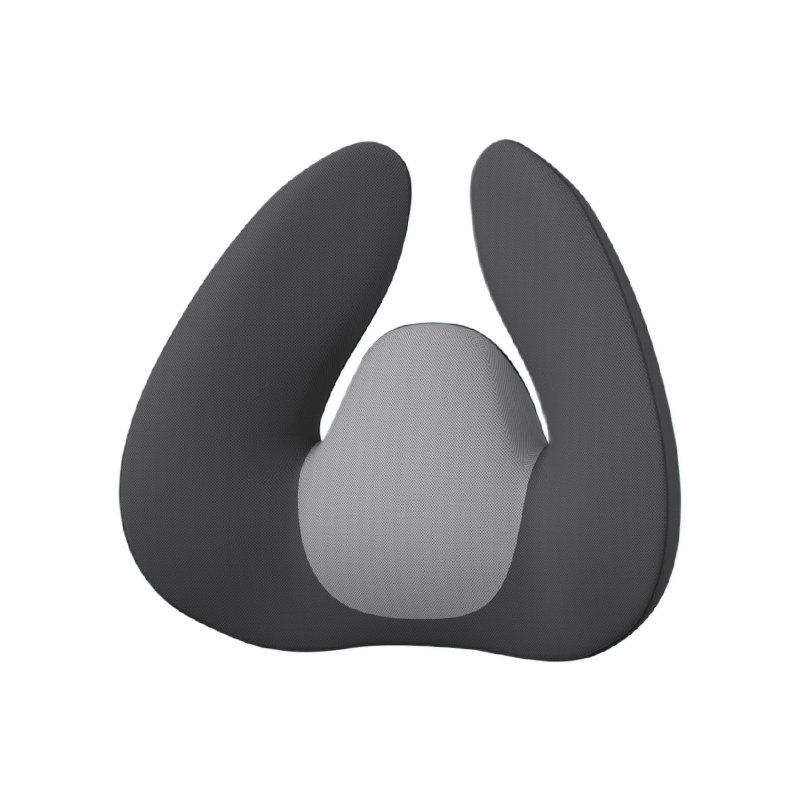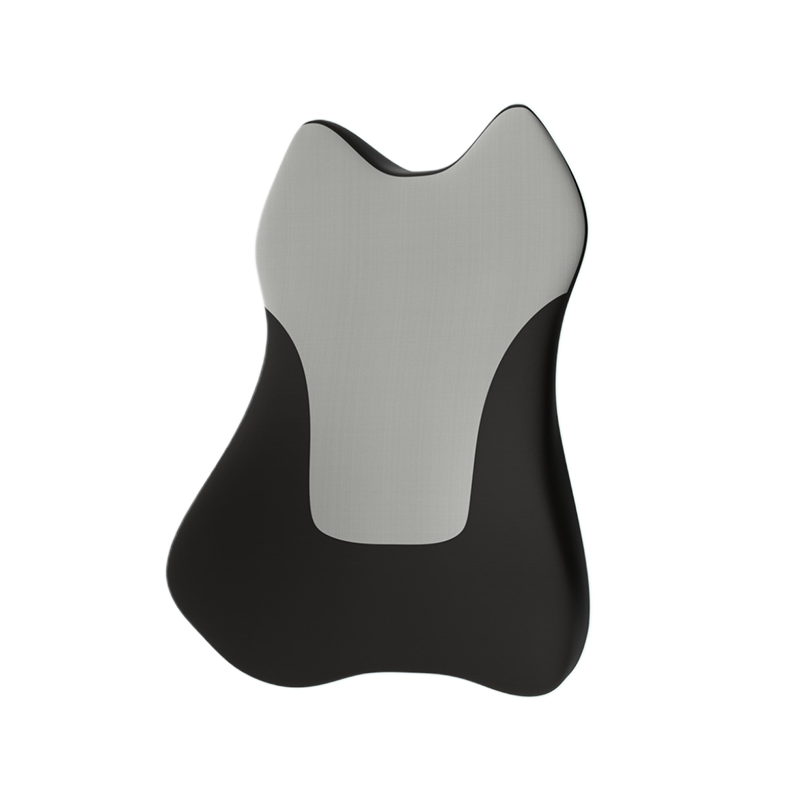The shredded memory foam pillow can indeed slowly deform according to the pressure and temperature of the head and neck to fit the contour. This is because of the unique material properties of memory foams, which can respond to external pressure and temperature changes, gradually changing shape in the contact area, providing personalized support experience.
Memory foam (including shredded memory foam) is a material with "thermoplasticity", which means it can soften or harden according to changes in temperature. When your head and neck come into contact with the pillow, the memory foam will be heated and become softer, adapting to the curve and shape of your neck. Specifically, when you lie down, the surface of the pillow first feels pressure from your head and neck. At this point, the molecular structure of the foam will gradually deform and slowly shape along the contours of your head and neck. Over time, the memory foam will fully adhere to your head and neck, providing more precise support and reducing pressure points caused by uneven support.
The special feature of a shredded memory foam is that it is composed of multiple small pieces of foam, which have better flexibility and adaptability than traditional large memory foams. Due to the more gaps between small fragments, they can respond more accurately to pressure and temperature from the head and neck, providing a more uniform and personalized support experience. When you change your sleeping position or posture, these fragments can quickly adjust their shape and return to their original state to adapt to the new pressure distribution. This makes the shredded memory foam pillow more elastic and adaptable than traditional full block memory foam pillows.
Temperature is also an important factor affecting the deformation of memory foams. At higher temperatures, memory foams become softer and pillows are easier to adapt to the contours of the head and neck, while at lower temperatures, the foam becomes slightly harder. This slow deformation process not only relies on pressure, but is also influenced by temperature changes, which helps provide personalized support under different sleeping positions.



 English
English عربى
عربى
